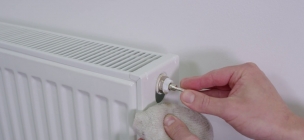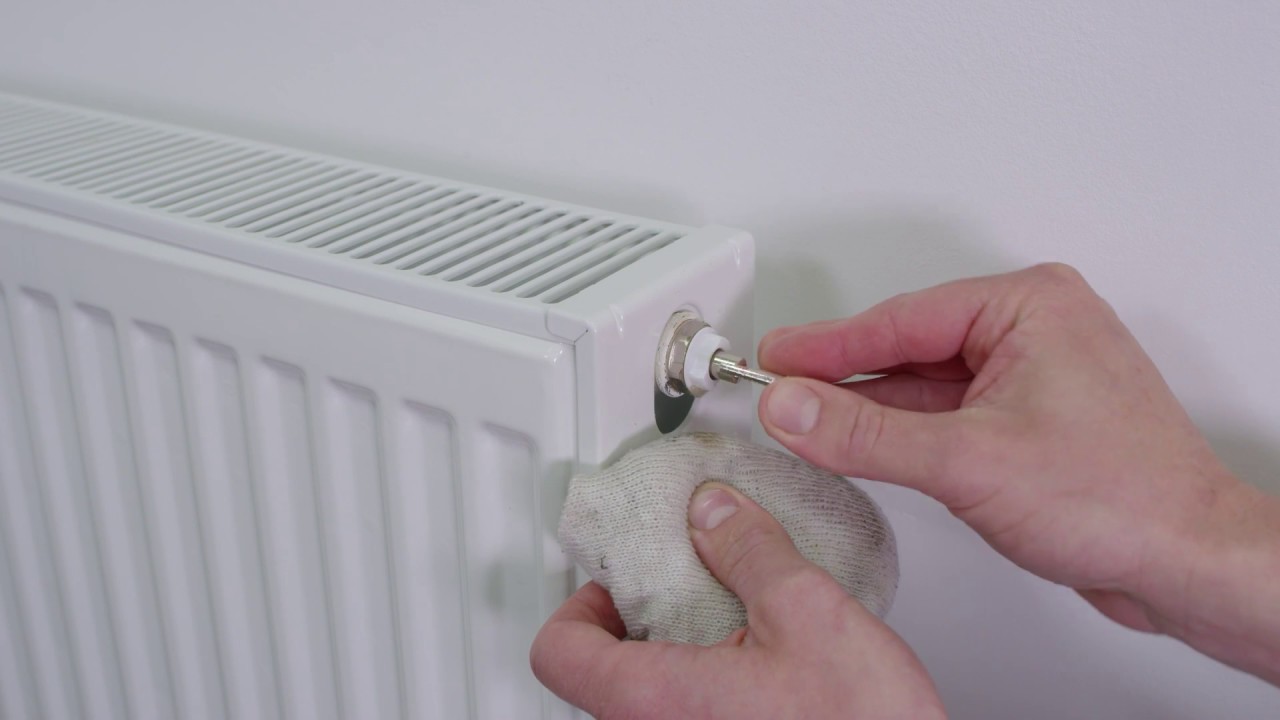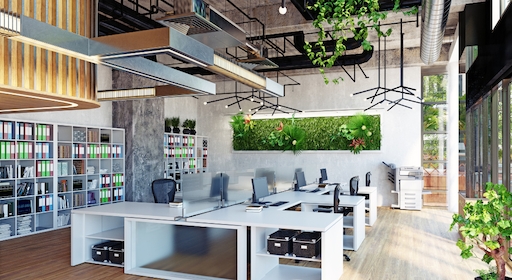
8 Household Items That Can Cause Danger to Your Home Jul 31, 2020

Tips for Making Sure Your Exterior is Storm Proof Jul 11, 2020

When Do You Need a New Garage Door Jul 11, 2020



5 Things You Should Know About Boiler Grants Jun 22, 2020


Benefits of Buying High Quality Portable Generators Apr 13, 2020




How does the steam sterilization process work? Nov 20, 2019

Why Would a Radiator be Hot at the Top and Cold at the Bottom
Jun 20, 2020 02:30
Radiators that have been used for several years are bound to have problems that can decrease their efficiency.
One of the issues that owners will face is when radiators get hot at the top while the bottom part stays cold.
But what causes this? Well, keep reading as we’re going to show you the main reason for this and how to fix it.

What is a Central Heating Sludge?
A central heating sludge is made out of limescale, which is minerals found in water, and dirty heating water. Generally, this starts to pile up inside the system after and is the main reason why the radiator acts up like this.
This build-up of heating sludge eventually happens to every radiator, but it can take years of use to cause any problems when a filter is attached.
How Heating Sludge Affects the Radiator
As the central heating sludge starts to build up and circulate the heating system, it will eventually settle down in specific areas.
These areas include the radiator valves, microbore pipework, and also the bottom part of the radiator. It will also cause a blockage which cripples the circulation of heat in the system.
Only the top part gets hot as heat rises because there is no hot water getting into the bottom part of the radiator.
How to Fix the Radiator
Central Heating Inhibitor
A central heating inhibitor is a chemical concentrate that owners should regularly add to their radiators by.
It provides a protective coating inside the heating system to prevent corrosion and build-up of heating sludge. The inhibitor also breaks off the rust and limescale inside the radiator. To add this, remover any radiator cover used to cover your radiator and add the inhibitor.
Manually Flushing the System
Manually flushing out the system helps you get rid of the majority of the central heating sludge contained on the radiator. You can do this by applying a hot flush through a hose which pushes most of the sludge out of the system.
Using a Scale Reducer
Using a scale reducer helps you catch all the limescale which causes the build-up of central heating sludge. This prevents blockage from ever happening again, and it can also catch other contaminants such as dust and dirt.
What if a radiator is cold at the top and hot at the bottom?
If a radiator is cold at the top and hot at the bottom, then it means there’s trapped air inside the system.
The trapped air can stop the circulation of water through the pipes, which makes it impossible for the bottom area to heat up. This can be fixed by “bleeding” the radiator. To do this, release all the trapped air through a valve located at the top part of the radiator.
Conclusion
With proper annual radiator maintenance and repairs, your radiator can function adequately and heat the surrounding area efficiently. This can also prevent any possible damages that may occur in other parts of your engine.

A well-designed workspace is more than just a place to get things done—it’s an environment that influences productivity, comfort, and even creativity. Whether you’re setting up a home office, launching a startup, or upgrading a corporate workspace, choosing the right Brisbane office furniture can make all the difference. Read more
APPLIANCES
furniture
Mar 17, 2025 22:33

Warm tones of Cozy Vibe and rustic wall art
Something happy about this cozy home. From cozying up with a blanket as the temperature drops to sitting in the sunlight while enjoying your next cup of coffee; a warm and inviting atmosphere feels like your safe haven. There is one of the simplest and most effective ways to achieve this, too, which is to use warm tones and rustic wall art in your decor. Besides, these elements are other character brims and will offer your space the comforting, homey touch. If you’d like to bring those cozy vibes home, here some ways you can use warm colors and rustic wall art to create a cozy atmosphere. Read more
Something happy about this cozy home. From cozying up with a blanket as the temperature drops to sitting in the sunlight while enjoying your next cup of coffee; a warm and inviting atmosphere feels like your safe haven. There is one of the simplest and most effective ways to achieve this, too, which is to use warm tones and rustic wall art in your decor. Besides, these elements are other character brims and will offer your space the comforting, homey touch. If you’d like to bring those cozy vibes home, here some ways you can use warm colors and rustic wall art to create a cozy atmosphere. Read more
APPLIANCES
Jan 31, 2025 10:35

A home that’s cozy yet curated is an art form in itself and what more beautiful way than mixing modern and vintage wall art for an eclectic decor style. When mixing these opposing aesthetics together, they can create depth, character and timeless quality to your space. But, it’s a matter of finding the right balance and that takes careful planning. In this guide you are going to learn how to use your historical native skills, and put them into a lesson that is more modern but still vintage wall art. Read more
APPLIANCES
Jan 31, 2025 10:29
Copyright © Fooyoh.com. All rights reserved. User Agreement | Privacy Policy | Contact us
| Advertising
| About us
| Careers














































